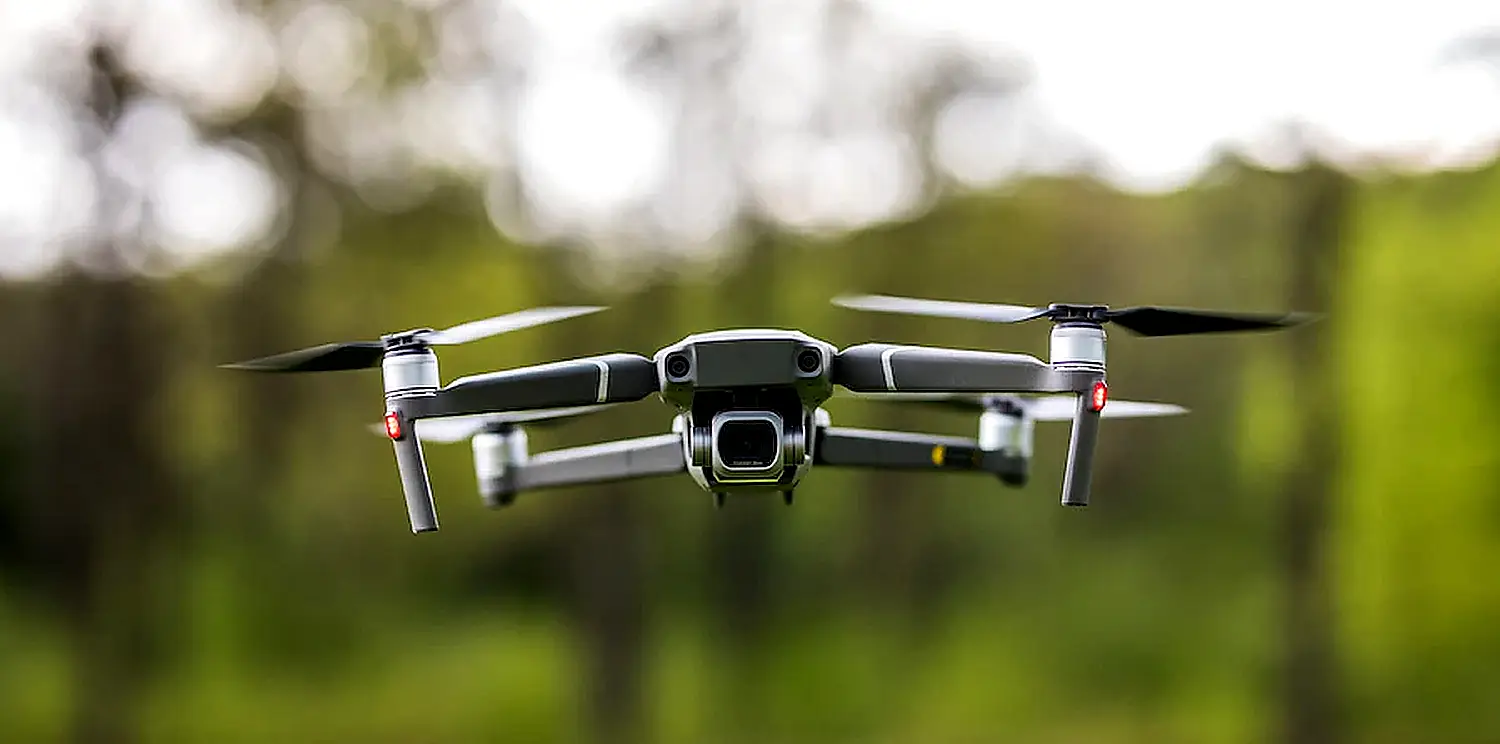Before reading this article, take a minute to look for all the devices you own! In our day-to-day life, we use various electronic devices to make our life comfortable and intelligent but do we require as many devices-?
Just for “convenience” & “lazy,” we are leveraging cyber attackers to use our widgets to track down a system (DDoS attacks) and become a part of that crime ring without our intentions or acknowledgment.
The Internet of Things (IoT) elaborates the network of physical objects—”things”—embedded with software, sensors, and other technologies to c and interchange data with other devices and systems over the Internet. There’s a comprehensive range of ‘things’ that fall under the IoT umbrella:
- Internet-connected innovative’ versions of traditional appliances such as refrigerators and light bulbs.
- Gadgets like Alexa-style digital assistants could only exist in an internet-enabled world.
- Internet-enabled sensors transform healthcare, factories distribution centers, and Transportation.
The IoT helps in information handling, web availability, and investigation of actual items. IoT can efficiently assemble cycles and conveyance frameworks in significant business settings that the web has long conveyed to information work. Billions of implanted web-empowered sensors give an unquestionably rich arrangement of information that organizations can use to work on the well-being of their tasks, track resources, and decrease manual cycles.
It can utilize machine information to foresee whether gear will separate, giving makers preemptive guidance to forestall extended lengths of personal time. Scientists can likewise use IoT gadgets to accumulate information about client inclinations and conduct. However, that can have severe ramifications for protection and security.
So, how big is IoT?
More than 50 billion IoT gadgets in 2020, creating 4.4 zettabytes of information. (A zettabyte is a trillion gigabytes.) In 2013, IoT gadgets delivered a simple 100 billion gigabytes. The IoT market also makes stunning cash; it gauges around $1.6 trillion to $14.4 trillion by 2025.
In the Global IoT Forecast, IoT analytics Research predicts 27 billion dynamic IoT connections by the year 25′.
IoT applications
Business-prepared and SaaS IoT Applications
IoT Intelligent Applications with prebuilt software-as-a-Service (SaaS) applications can investigate and deliver IoT sensor information to business clients through dashboards.
AI algorithms are used by IoT applications to examine gigantic measures of associated sensor information in the cloud. By availing of continuous IoT dashboards and alarms, you gain perceivability into crucial execution pointers, measurements for meantime among disappointments, and other data. AI-based calculations can distinguish gear inconsistencies, send cautions to clients, and trigger mechanized fixes or proactive countermeasures. With cloud-based IoT applications, business clients can rapidly improve existing cycles for supply chains, client support, HR, and monetary administrations.
Some other applications are in:
- Manufacturing Industry – Product Monitoring
- Tracking of Physical Assets
- Human wearables – health monitoring
- Geo-tagging & environmental conditions etc.
IoT security and vulnerabilities
IoT gadgets have procured a terrible standing concerning security. Laptops and cell phones are common computers intended to keep going for quite a long time, with complex, easy-to-understand OSes that presently have robotized fixing and security highlights.
IoT gadgets are essential devices along with stripped-down OSes. They are intended for individual assignments and negligible human association and can’t be fixed, observed, or refreshed. Since numerous IoT gadgets are at last running a rendition of Linux in the engine with different organization ports accessible, they make enticing focuses for programmers.
The Mirai botnet, made by a young person telnetting into home surveillance cameras and child screens that had easy-to-figure default passwords, wound up sending off one of history’s most significant DDoS assaults.
Coming to Bots/Boatneck Attack:
A bot is a software program that executes an automated task and is usually repetitive. Bots make up 38% of all internet traffic, with bad bots generating one in five website requests. Bad bots perform malicious tasks that allow an attacker to take control of an affected computer remotely. Once infected, these machines may also be referred to as zombies. These days, bad bots are big business, with cybercriminals using them to access accounts, attack networks, and steal data fraudulently.
Many types of malware infect end-user devices intending to enlist them into a botnet. Appliances that get infected start communicating with a Command and Control (C&C) center and can perform automated activities under the attacker’s central control.
Botnet owners use them for large-scale malicious activity, commonly Distributed Denial of Service (DDoS) attacks. However, botnets can also be used for malicious bot activity, such as spam or social bots.
Types of Bots:
Both Legal and illegal malicious bots are present on the Internet, and below are some common examples of Bots,
Spider Bots
Spider bots are web spiders or crawlers that browse the web by following hyperlinks to retrieve and index web content.
If you have numerous web pages, you can place a robots.txt file in the root of your web server and provide instructions to bots, specifying which parts of your site they can crawl and how frequently.
Scraper Bots
Scrapers read the data from a website to save them offline and enable their reuse. This may take the form of scraping the entire content of web pages or web content to obtain specific data points, such as names and prices of products on eCommerce sites.
Web scraping is a gray area -in some cases, scraping is legitimate and may be permitted by website owners. However, in other instances, bot operators may be violating website terms of use or leveraging scraping to steal sensitive or copyrighted content.
Spam Bots
A spambot is an Internet application that manages to accumulate email addresses for spam mailing lists. A spam bot can collect emails from websites, social media websites, businesses, and organizations, leveraging the specific format of email addresses.
After attackers have amassed an extensive list of email addresses, they can use them not only to send spam emails but also for other nefarious purposes:
Credential cracking
Pair emails with general passcodes to avail unauthorized account access.
Besides the damage to end-users and organizations affected by spam campaigns, spam bots can also choke server bandwidth and spike Internet Service Providers (ISPs) rates.
Social Media Bots
Social media these days is operated via such bots to generate messages automatically to gain followers and advocate ideas. For example, it is estimated that 9-15% of Twitter accounts are social bots.
It can use social bots to infiltrate groups of people and used to propagate specific ideas. Since there is no rule against this activity, social bots play a significant role in online public opinion.
Social bots can create fake accounts to amplify the bot operator’s message and generate fake followers/likes. Unfortunately, it isn’t easy to identify and mitigate social bots because they can exhibit very similar behavior to real users.
Download Bots
Download bots are automated programs that can use to download software or mobile apps automatically. They are used to attack download sites, creating fake downloads as part of an application-layer Denial of Service (DoS) attack.
Ticketing Bots
Ticketing Bots are our favorite ways to buy automated tickets for popular events and resell them for more money. Unfortunately, this method is illegal and annoys consumers, ticket sellers, and event organizers.
Ticketing bots tend to be very sophisticated, having the same human ticket-like behavior.
Bot Traffic detection
Below are some parameters to detect not traffic in web Analytics:
Traffic trends
An abnormal increase in traffic can sometimes signify bot activities and is particularly true if the traffic occurs during odd hours.\
Bounce rate
Abnormal highs or lows may signal a dangerous bot.
For example, bots that appear on a particular page on the site and then switch IP will have a percent bounce.
Traffic sources
During a malicious attack, the primary channel giving traffic is “direct” traffic, and the traffic will consist of new users and sessions.
Server performance
a slowdown in server performance may signal bots.
Suspicious IPs/geo-locations
Spike in activity to an unknown IP range or region where you do not do business. Humans generally request a few pages and not others, whereas bots will often request all pages.
Language source
They see hits from other languages your customers do not typically use.
The above-discussed criteria only provide a rough idea of the bot activity. They require us to know that sophisticated malicious bots can generate a realistic, user-like signature in your web analytics. Therefore, it is advisable to use a dedicated bot management solution that provides a clear view of the Bot Traffic.
Managing Bot Traffic: Basic Mitigation Measures
There are specific simple measures you can take to block at least some bots and reduce your exposure to bad bots:
- Place robots.txt at the root of your website to define which bots can access your website.
- Adding CAPTCHA on comment, sign-up, and download forms to prevent downloading spam bots.
- We can get a bot alert using JavaScript notification as it can act as a buzzer whenever sees a bot entering a website.






